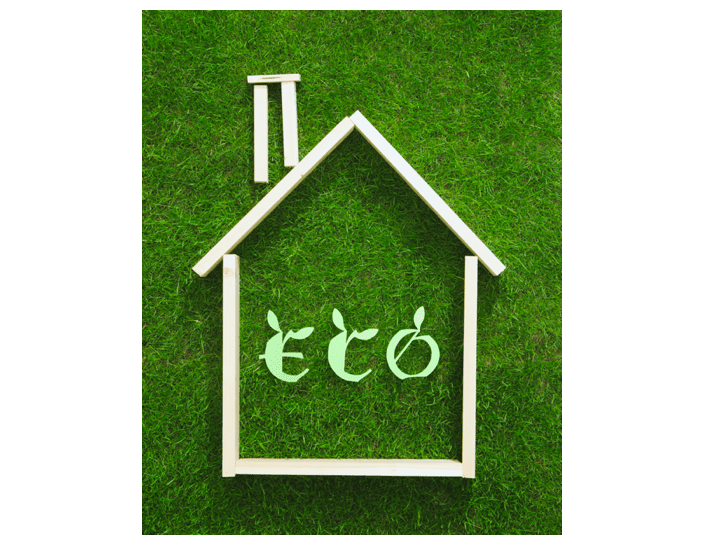Going green isn’t just good for the planet—it can also be good for your wallet. Many people assume that eco-friendly living is expensive, but the truth is that simple, sustainable swaps often save money in the long run. By reducing waste, reusing what you already have, and choosing smarter alternatives, you can cut your monthly expenses while lowering your environmental footprint. Here are some practical eco-friendly swaps that benefit both your budget and the Earth.
1. Swap Disposable Bottles for a Reusable Water Bottle
Buying bottled water adds up quickly, not to mention the plastic waste it creates. A durable reusable bottle can save hundreds of dollars a year while reducing plastic pollution. Bonus: many coffee shops even give discounts if you bring your own mug.
2. Replace Paper Towels with Cloth Rags
Instead of buying roll after roll of paper towels, switch to washable cloths or cut up old t-shirts. They’re just as effective, last far longer, and eliminate unnecessary waste.
3. Switch to LED Bulbs
LED lightbulbs use up to 80% less energy and last years longer than incandescent bulbs. While the upfront cost is slightly higher, you’ll see the savings quickly reflected on your power bill.
4. Use Rechargeable Batteries
Single-use batteries are costly and harmful to the environment. Rechargeable batteries may cost more at first, but they can be used hundreds of times, making them a smart investment.
5. Try DIY Cleaning Products
Vinegar, baking soda, and lemon juice can replace a shelf full of store-bought cleaners. Homemade solutions are safe, effective, and cost just pennies compared to brand-name products.
6. Invest in a Clothesline or Drying Rack
Dryers consume a lot of energy, and line-drying clothes not only cuts electricity bills but also extends the life of your clothes. On sunny days, it’s an easy and natural swap.
7. Choose Reusable Shopping Bags
Plastic bags pile up quickly, and many stores are now charging extra for them. Keep a few reusable bags in your car or by the door—you’ll save money and reduce waste every time you shop.
8. Cook More, Order Less
Takeout meals create packaging waste and are usually more expensive than home-cooked food. Cooking at home not only saves money but also allows you to reduce food waste by planning portions more effectively.
9. Opt for a Programmable Thermostat
Smart or programmable thermostats adjust heating and cooling based on your schedule, which helps cut energy usage (and costs) without sacrificing comfort.
10. Buy Secondhand Instead of New
From clothing to furniture, thrift stores and online marketplaces are full of quality finds at a fraction of the cost. You save money while giving items a second life instead of contributing to demand for new production.
Final Thoughts
Eco-friendly swaps don’t have to be overwhelming or expensive. By making small changes, you’ll see real savings while living more sustainably. Start with one or two swaps and build from there—your wallet and the planet will thank you.




